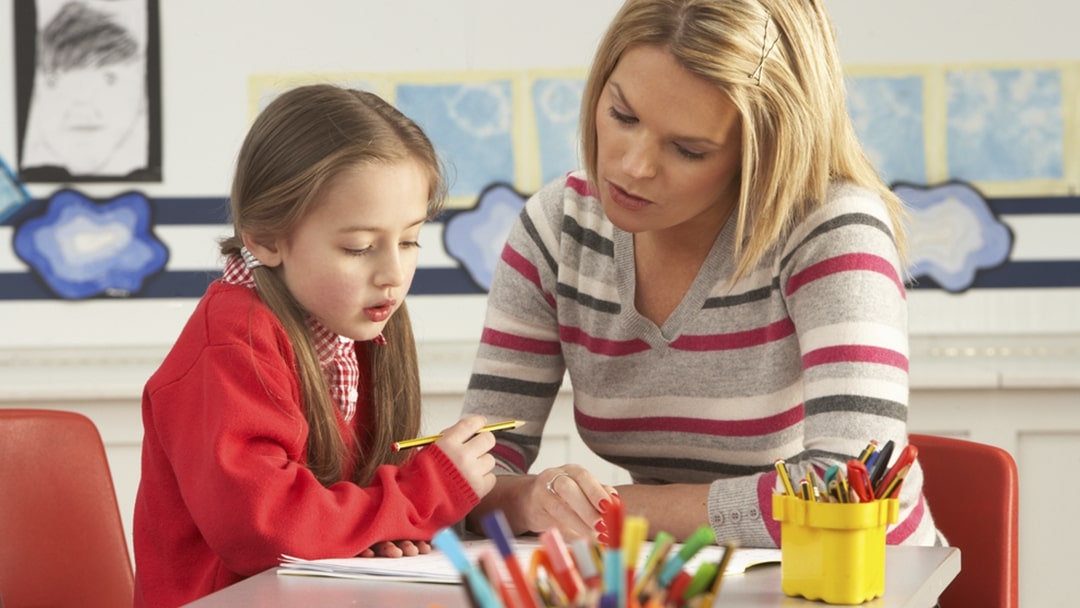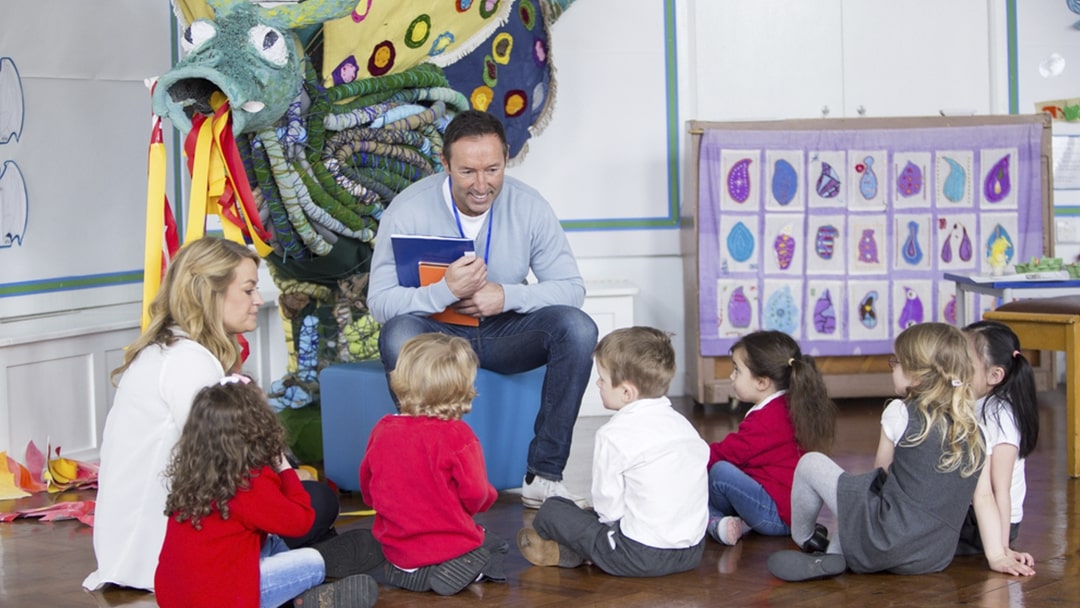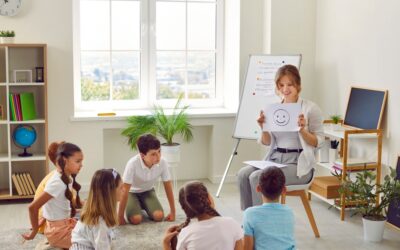‘Why closing the word gap matters’ Oxford Language report from Oxford University Press (OUP) investigates the true issues behind the increasing number of children with limited language skills as they enter school; in the data collected from 1,300 teachers, 49% of primary teachers said children in Year 1 have a limited vocabulary and 43% of secondary teachers told the OUP that Year 7 children have the same issue.
Children without a strong enough vocabulary will struggle to transition throughout school years, due to a difficulty in understanding instructions and a lack of skill in communicating with others during play and social periods. Their lack of vocabulary can lead to a lessening of self-esteem, confidence and as a result, ultimately lead to an inevitable challenge in achieving at school.
How to tackle the issue of the word gap
In the same OUP report, 69% of primary school teachers believe the word gap is increasing along with 60% of secondary school teachers who believe the same is happening. What can be done to tackle this major issue? The report also gathered a range of advice from the respondents, on tactics to address the issue. Here’s a number of the options that the report laid out:
Benefits of reading aloud to children
A huge 93% of primary school teachers surveyed in the OUP paper said the main issue with lack of vocabulary, stems from children missing out on reading for pleasure. There is a higher chance of coming across new words in the written form than there is in spoken language, coupling with the enjoyment of an interesting story can be highly beneficial.
The more varied the reading range, the more flexible a child can become with their own language too. Therefore, it’s good to advance children by reading aloud to them, they may then experience words that they can’t yet read themselves, but it gives them the opportunity to find out more about the words being used by adults!
Try some of our reading spines and English skills boxes to engage the classroom.
Encouraging children to read widely
If a child is reading and enjoying what they’re reading, that is never a bad thing. Get to know your readers and push them to spread their wings when it comes to genres and authors. If they only ever read from one author, that is one set of vocabulary choices. Reading more widely will help build their vocabulary and confidence to try new things.

Talk about books and language
If you’re a teacher who loves to read, you could probably talk about books until the cows come home. Make sure to have those conversations with the children in your class. Conversations should be two-way too. So, get reading some children’s books and make sure you’re able to provide recommendations, and be willing to take them from your pupils, too.
Play with language and let your pupils get it wrong
No one likes to get things wrong. But that’s how you learn, as we all know. Try to create a safe environment for getting things wrong including the pronunciation and use of new vocabulary. Celebrate getting things wrong but trying anyway. But do always address misconceptions to help children develop their control of language and vocabulary.
Use tools and resources to help children become more independent
It’s incredibly helpful for children to have access to dictionaries and thesauruses of the right level, at all times. Improvements to their vocabulary and spelling, will come hand-in-hand with ready access. Write down every word that a child doesn’t understand when you’re reading to them and simply come back to it later. As soon as children have a grasp of basic dictionary skills, they can encounter new words every day using this method!
You can shop our entire reading, English and dictionary ranges on our website.






